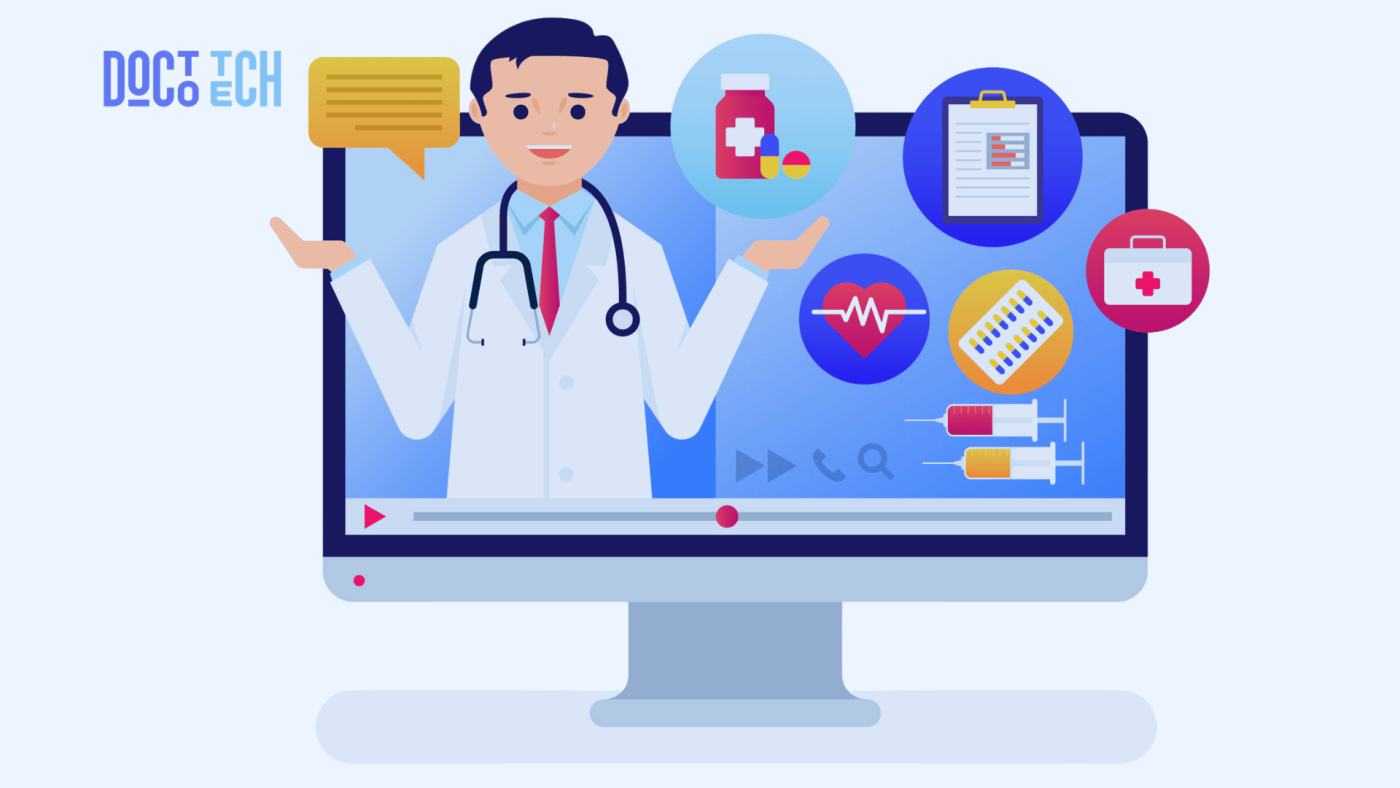Patient Portals: Enhancing Transparency and Engagement in Healthcare
As the healthcare industry increasingly adopts digital tools, patient portals in healthcare have emerged as a valuable asset for both providers and patients. These secure online platforms provide patients with access to their medical records, lab results, appointment scheduling, and communication with healthcare providers. By empowering patients to manage their health information and engage with their providers more easily, patient portals foster transparency, improve engagement, and reduce the administrative workload for clinics.
Here’s how patient portals are transforming healthcare through improved communication, transparency, and patient engagement.
1. Improving Patient Engagement Through Self-Management
One of the greatest benefits of patient portals in healthcare is that they empower patients to take an active role in managing their health. Instead of waiting for follow-up appointments or phone calls, patients can access their health data at any time, making them more informed and engaged in their care.
Key Engagement Features of Patient Portals:
- Access to Medical Records: Patients can view their health history, medications, and treatment plans in real-time, helping them stay on top of their health.
- Lab Results and Test Reports: Patients can access lab results as soon as they are available, reducing the need for follow-up calls or visits just to review test outcomes.
- Appointment Scheduling: Through patient portals, individuals can schedule, reschedule, or cancel appointments without needing to call the clinic, giving them more flexibility in managing their time.
- Prescription Refills: Patients can request prescription renewals directly through the portal, streamlining the process for both patients and healthcare providers.
These features encourage patients to take charge of their healthcare, leading to better compliance with treatment plans and improved health outcomes.
2. Enhancing Transparency in Healthcare
Transparency is a critical aspect of patient-centered care, and patient portals are key to providing clear and open access to information. By making health data and clinical notes readily available, patient portals improve communication and trust between patients and providers.
How Patient Portals Improve Transparency:
- Open Access to Medical Notes: Many portals allow patients to view their doctors’ notes after a visit, helping them understand diagnoses and treatment recommendations more clearly.
- Billing and Payment Transparency: Patients can view itemized bills and payment history directly through the portal, which reduces confusion and ensures transparency in healthcare costs.
- Clear Communication on Test Results: Instead of relying on cryptic phone calls, patients can access detailed test results along with explanations or next steps, improving their understanding of their condition and care.
When patients have access to clear, detailed information about their health, they feel more confident and in control of their care decisions.
3. Reducing Administrative Burdens for Clinics
In addition to enhancing patient engagement and transparency, patient portals significantly reduce the administrative workload for healthcare practices. Automating routine tasks such as appointment scheduling, billing, and prescription refills saves time for both administrative staff and healthcare providers.
Ways Patient Portals Streamline Administrative Tasks:
- Automated Appointment Scheduling: With patients managing their own appointments, staff spend less time on the phone booking or rescheduling appointments, freeing up time for other tasks.
- Digital Billing: Automated payment reminders and online bill payment through patient portals reduce the amount of manual billing follow-up and the need for paper bills.
- Prescription Refill Requests: Patients can request refills directly through the portal, cutting down on phone calls and enabling providers to process renewals more efficiently.
- Direct Communication: Secure messaging through patient portals eliminates the need for back-and-forth phone calls, allowing doctors to quickly address patient concerns or answer questions online.
By reducing the administrative burden, clinics can operate more efficiently, reduce costs, and allow staff to focus more on patient care.
4. Improving Communication Between Patients and Providers
Patient portals improve communication by offering a secure, direct line between patients and their healthcare providers. Instead of waiting for an in-person visit or spending time on the phone, patients can send messages, ask questions, or request information through the portal, leading to faster and more efficient communication.
Benefits of Secure Messaging in Patient Portals:
- Immediate Access to Providers: Patients can ask non-urgent questions or clarify instructions directly with their healthcare provider, improving care continuity and reducing the need for unnecessary appointments.
- Follow-Up Care: Providers can use the portal to send follow-up instructions, reminders, or additional information after a visit, helping patients stay on track with their treatment plans.
- Reduced Response Time: With communication streamlined through the portal, both patients and providers can send and respond to messages at their convenience, leading to quicker answers and more timely care.
This seamless communication fosters stronger relationships between patients and providers, contributing to better patient satisfaction and engagement.
5. Ensuring Data Security and Compliance
While patient portals offer numerous advantages, ensuring the security of sensitive health information is paramount. Patient portals must comply with regulations like HIPAA (Health Insurance Portability and Accountability Act) to protect patient data from unauthorized access.
How Patient Portals Ensure Data Security:
- Encryption: All data transferred through the portal, including health records, messages, and payment information, is encrypted to prevent unauthorized access.
- Secure Logins: Multi-factor authentication and strong passwords ensure that only authorized users can access the patient’s portal.
- Regular Audits: To maintain compliance, healthcare providers regularly audit their patient portal systems to ensure they meet the latest data security standards.
By prioritizing data security, healthcare providers can offer patients peace of mind while using patient portals, further enhancing trust and engagement.
6. Increasing Patient Retention and Loyalty
By improving access to healthcare information, enhancing communication, and reducing administrative barriers, patient portals contribute to higher patient satisfaction, which in turn increases retention and loyalty. When patients have easy access to their health data and can interact with their healthcare providers efficiently, they are more likely to stay engaged with their current practice rather than switching to another provider.
How Patient Portals Improve Retention:
- Convenience: Patients appreciate the convenience of managing appointments, prescriptions, and bills online, leading to better overall satisfaction.
- Better Care Continuity: With easier access to follow-up care and direct communication, patients are more likely to stay consistent with their treatment plans and maintain long-term relationships with their providers.
- Enhanced Trust: The transparency and open communication provided by patient portals build trust, making patients more likely to return for future care.
Patient portals can become a key driver of patient loyalty and long-term practice growth.
Conclusion: Transforming Healthcare with Patient Portals
Patient portals in healthcare are revolutionizing the way patients interact with their providers, improving communication, transparency, and engagement. By giving patients greater access to their health information and streamlining administrative tasks, patient portals not only enhance the patient experience but also improve the efficiency of healthcare practices.
DoctoTech helps healthcare providers implement secure and user-friendly patient portals that boost engagement, reduce administrative workloads, and improve patient satisfaction. Let us help you transform your practice with innovative digital solutions.














